Kimberly Clark stock offers investors a dividend yield of almost 3.6%, making it an attractive choice for dividend-focused investors. That yield is above the market average and has been improving over time, leading to optimism about its longer-term prospects. In this analysis, we’ll evaluate the company across several crucial financial metrics, explore its strategy and innovation, and assess how it responds to macroeconomic conditions such as rising tariffs. Finally, we’ll determine whether Kimberly Clark stock is undervalued, fairly valued, or overpriced using our proprietary discounted cash flow model.
Revenue Growth Strategy and Cost Efficiency
Kimberly Clark recently raised its organic revenue growth target from 1.5% to 4%, reflecting its confidence in strategic improvements. To achieve this, the company is focusing on accelerating innovation, enhancing marketing, and driving cost efficiency through a $3 billion-plus cost-saving initiative.
Balancing revenue growth with cost-cutting is no small feat. Typically, increasing revenue comes with higher costs, making efficiency gains more challenging. However, Kimberly Clark’s long-standing management expertise suggests it can execute this dual strategy successfully. This ability to innovate while maintaining profitability is precisely why Kimberly Clark has grown into the powerhouse it is today.
Inflation and Commodity Costs
One of the biggest risks facing Kimberly Clark is inflation—especially commodity input inflation, which is heavily influenced by macroeconomic conditions and global tariffs. The company relies on key materials like pulp, oil-based resins, and packaging, all of which fluctuate based on economic activity.
When the economy grows faster, demand for these materials rises, pushing prices higher. Additionally, supply-side dynamics, such as production levels in a given quarter or year, add further volatility. Holding supply constant, increased macroeconomic activity inevitably leads to higher costs. Kimberly Clark’s ability to manage these inflationary pressures will be crucial to sustaining its profitability.
Long-Term Growth Struggles
Despite Kimberly Clark’s solid standing, long-term revenue growth has been underwhelming, with a compounded annual growth rate of just 1.1% over the past two decades. Revenue climbed from $15.9 billion to $19.7 billion, but that rate of increase hasn’t even kept pace with inflation.
Where the company has excelled, however, is profitability and return on investor capital. That metric improved from 14.8% in 2022 to 20.2% in the latest cycle, well above its weighted average cost of capital. Investors should always compare these two figures, as a healthy gap between return on capital and cost of capital signifies strong financial management.
Read More: 5 Stocks that may be better than Kimberly-Clark
| Company Name |
Symbol |
Why It's Better Than KMB |
| Procter & Gamble |
PG |
P&G has a stronger global brand portfolio and higher revenue growth, making it a more dominant player in consumer staples. |
| Colgate-Palmolive |
CL |
Colgate-Palmolive boasts better profitability and a more consistent track record of dividend increases, making it a more stable investment. |
| Church & Dwight |
CHD |
Church & Dwight has a higher growth rate and a more diversified product mix, allowing it to outperform KMB in revenue expansion. |
| Clorox |
CLX |
Clorox has stronger pricing power and brand loyalty, which helps it maintain better margins compared to Kimberly Clark. |
| Reckitt Benckiser |
RBGLY |
Reckitt Benckiser operates in high-margin health and hygiene segments, giving it a competitive edge over KMB in profitability. |
Cash Flow and Valuation
Kimberly Clark’s cash flow from operations has grown at a modest 1.6% annually, rising from $2.3 billion to $3.1 billion over the past 20 years. While not stellar, the company isn’t trading at an excessive premium—meaning its valuation reflects its actual prospects.
The forward price-to-earnings ratio of 19.74 is consistent with historical levels and suggests the stock is fairly valued relative to past trading ranges. Investors looking for explosive growth may not find it here, but those seeking a steady, well-managed company with solid profitability might find Kimberly Clark appealing.
Discounted Cash Flow Model: Is Kimberly Clark Stock a Buy?
Our proprietary discounted cash flow valuation suggests Kimberly Clark stock is worth $185 per share, compared to its current market price of $141. This valuation highlights the stock’s attractiveness, particularly due to its low-risk profile.
A key indicator of this low-risk nature is the company’s beta of 0.35, meaning Kimberly Clark’s stock is 65% less volatile than the S&P 500 index. That makes it an ideal investment for risk-averse investors who prefer stability. For example, if the S&P 500 rises by 1%, Kimberly Clark typically moves by just **0.35%**—minimizing exposure to extreme fluctuations.
Final Verdict: Is Kimberly Clark Stock a Buy?
Investors looking for a stable, defensive stock with a reliable dividend yield should find Kimberly Clark appealing. While revenue growth has historically lagged, the company’s profitability, cost-cutting strategy, and market position make it a compelling buy for those prioritizing risk-adjusted returns.
Given its undervalued status based on our discounted cash flow model, strong dividend yield, and low volatility, Kimberly Clark stock earns a Buy rating.
Read More: 5 Stocks that may be better defensive stocks than Kimberly-Clark
| Company Name |
Symbol |
Why It's a Better Defensive Stock Than KMB |
| Walmart |
WMT |
Walmart benefits from strong consumer demand for essential goods, making it highly resilient during economic downturns. |
| Procter & Gamble |
PG |
P&G has a more diversified product portfolio and stronger brand loyalty, ensuring consistent revenue even in recessions. |
| Johnson & Johnson |
JNJ |
J&J’s healthcare and pharmaceutical divisions provide stability, making it less vulnerable to consumer spending fluctuations. |
| McCormick & Co. |
MKC |
McCormick’s spice and seasoning products are essential household items, ensuring steady demand regardless of economic conditions. |
| Mondelez International |
MDLZ |
Mondelez’s snack and confectionery brands have strong global demand, making it a defensive play with stable cash flows. |
https://youtu.be/IjG3_vXAeA8?si=6-uy3qUCGerVzfch
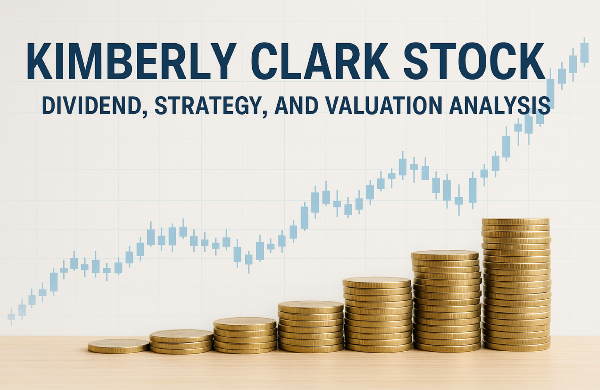



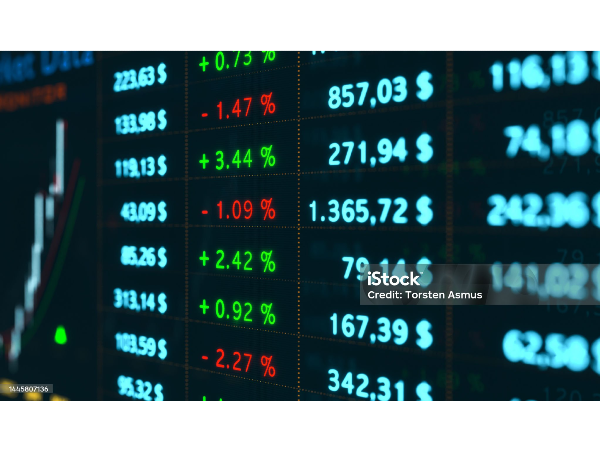

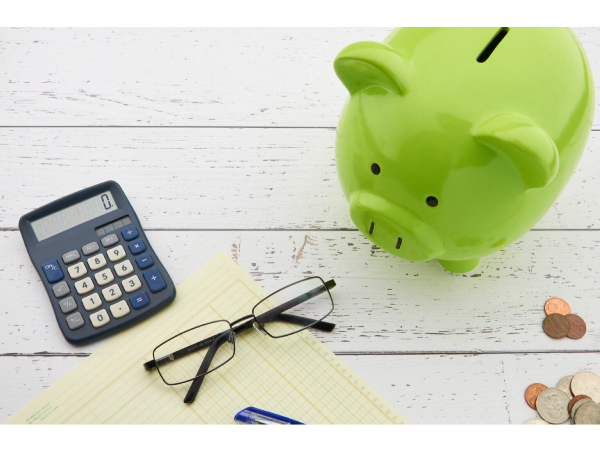
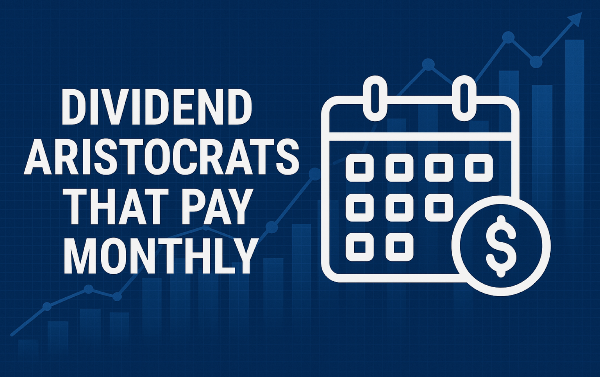
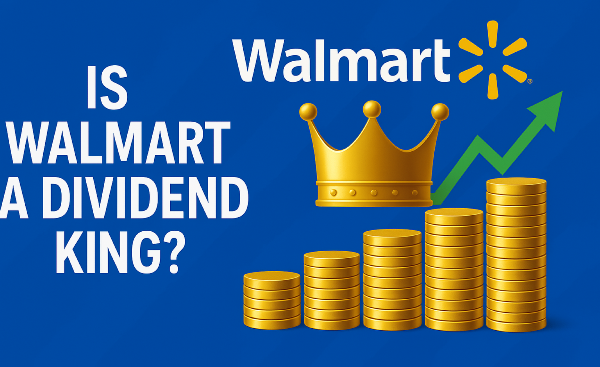

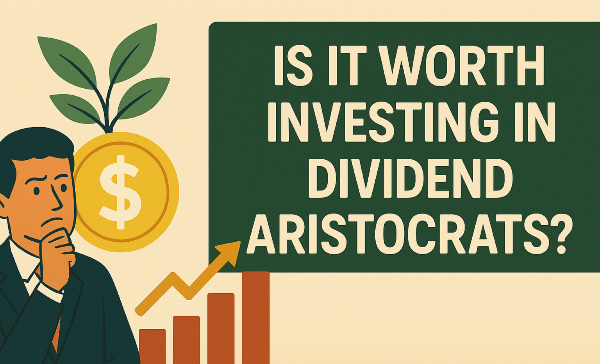
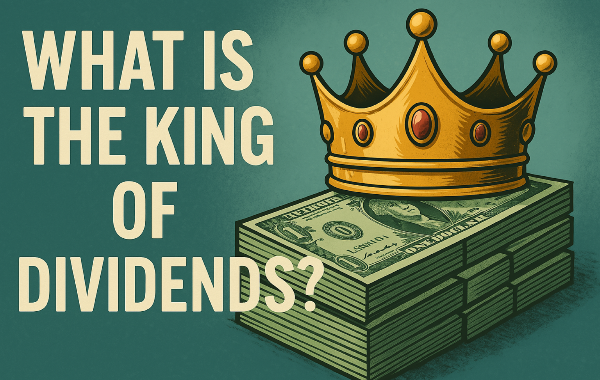
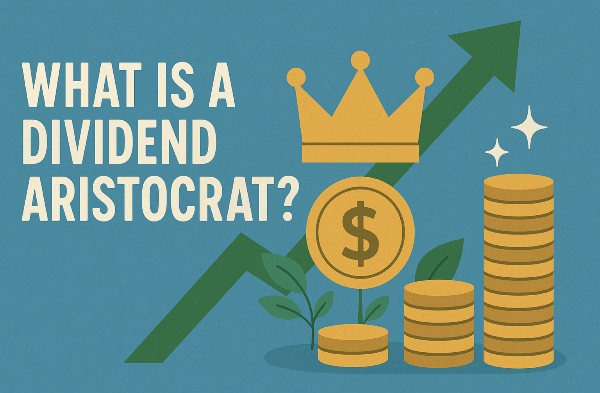
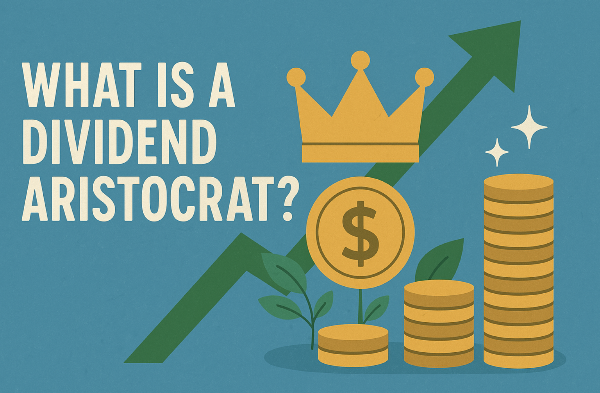
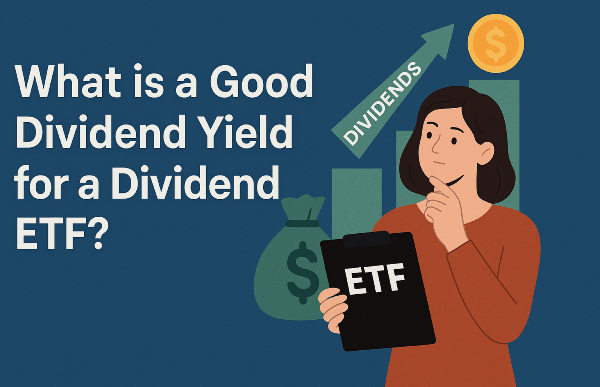
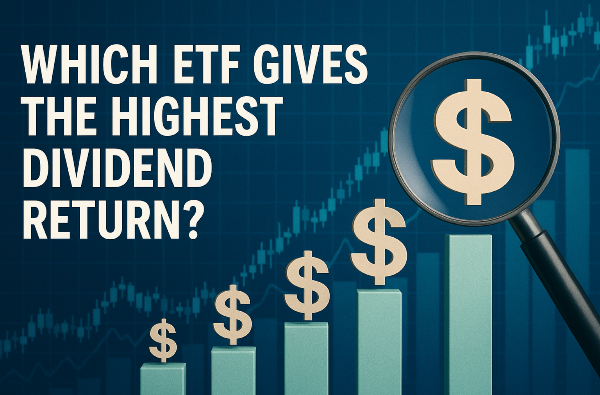


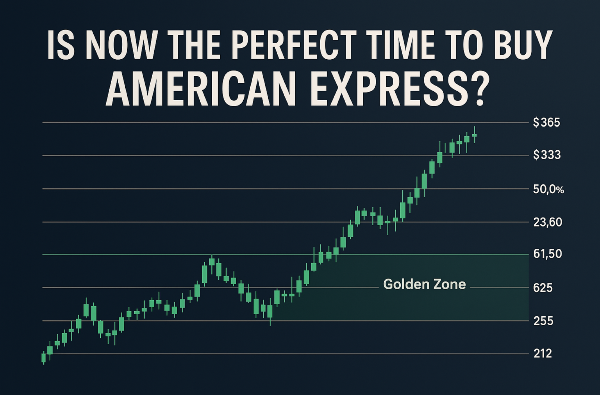
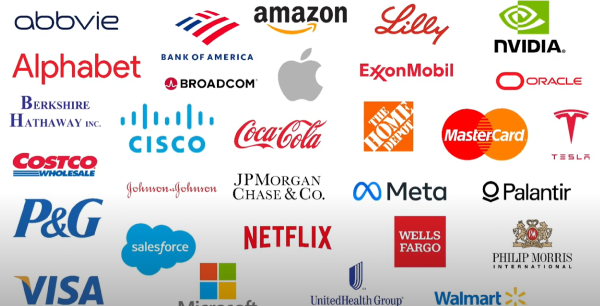
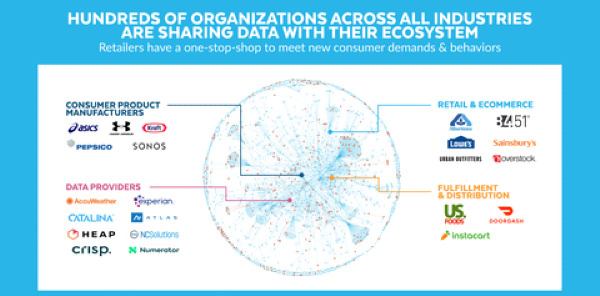
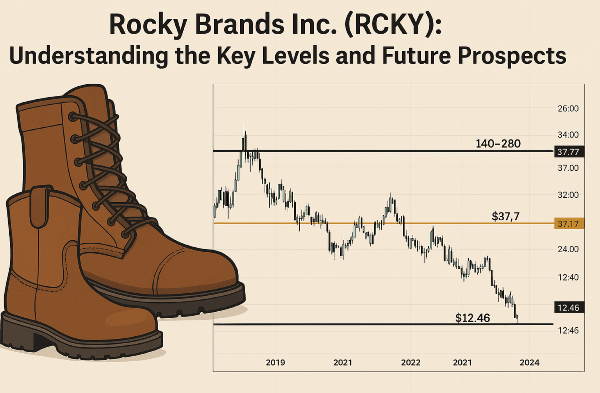









Kimberly Clark stock offers investors a dividend yield of almost 3.6%, making it an attractive choice for dividend-focused investors. That yield is above the market average and has been improving over time, leading to optimism about its longer-term prospects. In this analysis, we’ll evaluate the company across several crucial financial metrics, explore its strategy and innovation, and assess how it responds to macroeconomic conditions such as rising tariffs. Finally, we’ll determine whether Kimberly Clark stock is undervalued, fairly valued, or overpriced using our proprietary discounted cash flow model.
Revenue Growth Strategy and Cost Efficiency
Kimberly Clark recently raised its organic revenue growth target from 1.5% to 4%, reflecting its confidence in strategic improvements. To achieve this, the company is focusing on accelerating innovation, enhancing marketing, and driving cost efficiency through a $3 billion-plus cost-saving initiative.
Balancing revenue growth with cost-cutting is no small feat. Typically, increasing revenue comes with higher costs, making efficiency gains more challenging. However, Kimberly Clark’s long-standing management expertise suggests it can execute this dual strategy successfully. This ability to innovate while maintaining profitability is precisely why Kimberly Clark has grown into the powerhouse it is today.
Inflation and Commodity Costs
One of the biggest risks facing Kimberly Clark is inflation—especially commodity input inflation, which is heavily influenced by macroeconomic conditions and global tariffs. The company relies on key materials like pulp, oil-based resins, and packaging, all of which fluctuate based on economic activity.
When the economy grows faster, demand for these materials rises, pushing prices higher. Additionally, supply-side dynamics, such as production levels in a given quarter or year, add further volatility. Holding supply constant, increased macroeconomic activity inevitably leads to higher costs. Kimberly Clark’s ability to manage these inflationary pressures will be crucial to sustaining its profitability.
Long-Term Growth Struggles
Despite Kimberly Clark’s solid standing, long-term revenue growth has been underwhelming, with a compounded annual growth rate of just 1.1% over the past two decades. Revenue climbed from $15.9 billion to $19.7 billion, but that rate of increase hasn’t even kept pace with inflation.
Where the company has excelled, however, is profitability and return on investor capital. That metric improved from 14.8% in 2022 to 20.2% in the latest cycle, well above its weighted average cost of capital. Investors should always compare these two figures, as a healthy gap between return on capital and cost of capital signifies strong financial management.
Cash Flow and Valuation
Kimberly Clark’s cash flow from operations has grown at a modest 1.6% annually, rising from $2.3 billion to $3.1 billion over the past 20 years. While not stellar, the company isn’t trading at an excessive premium—meaning its valuation reflects its actual prospects.
The forward price-to-earnings ratio of 19.74 is consistent with historical levels and suggests the stock is fairly valued relative to past trading ranges. Investors looking for explosive growth may not find it here, but those seeking a steady, well-managed company with solid profitability might find Kimberly Clark appealing.
Discounted Cash Flow Model: Is Kimberly Clark Stock a Buy?
Our proprietary discounted cash flow valuation suggests Kimberly Clark stock is worth $185 per share, compared to its current market price of $141. This valuation highlights the stock’s attractiveness, particularly due to its low-risk profile.
A key indicator of this low-risk nature is the company’s beta of 0.35, meaning Kimberly Clark’s stock is 65% less volatile than the S&P 500 index. That makes it an ideal investment for risk-averse investors who prefer stability. For example, if the S&P 500 rises by 1%, Kimberly Clark typically moves by just **0.35%**—minimizing exposure to extreme fluctuations.
Final Verdict: Is Kimberly Clark Stock a Buy?
Investors looking for a stable, defensive stock with a reliable dividend yield should find Kimberly Clark appealing. While revenue growth has historically lagged, the company’s profitability, cost-cutting strategy, and market position make it a compelling buy for those prioritizing risk-adjusted returns.
Given its undervalued status based on our discounted cash flow model, strong dividend yield, and low volatility, Kimberly Clark stock earns a Buy rating.
https://youtu.be/IjG3_vXAeA8?si=6-uy3qUCGerVzfch